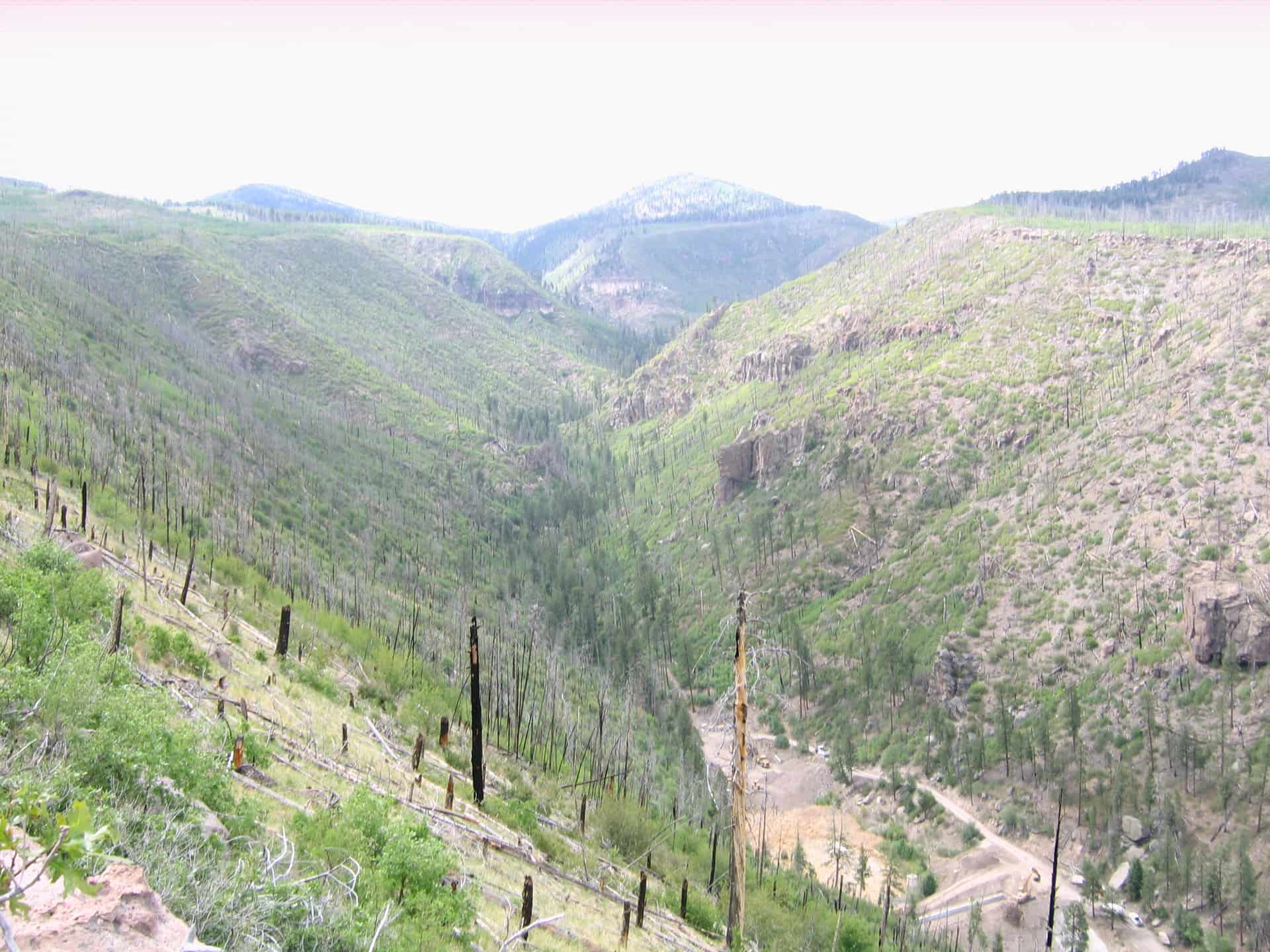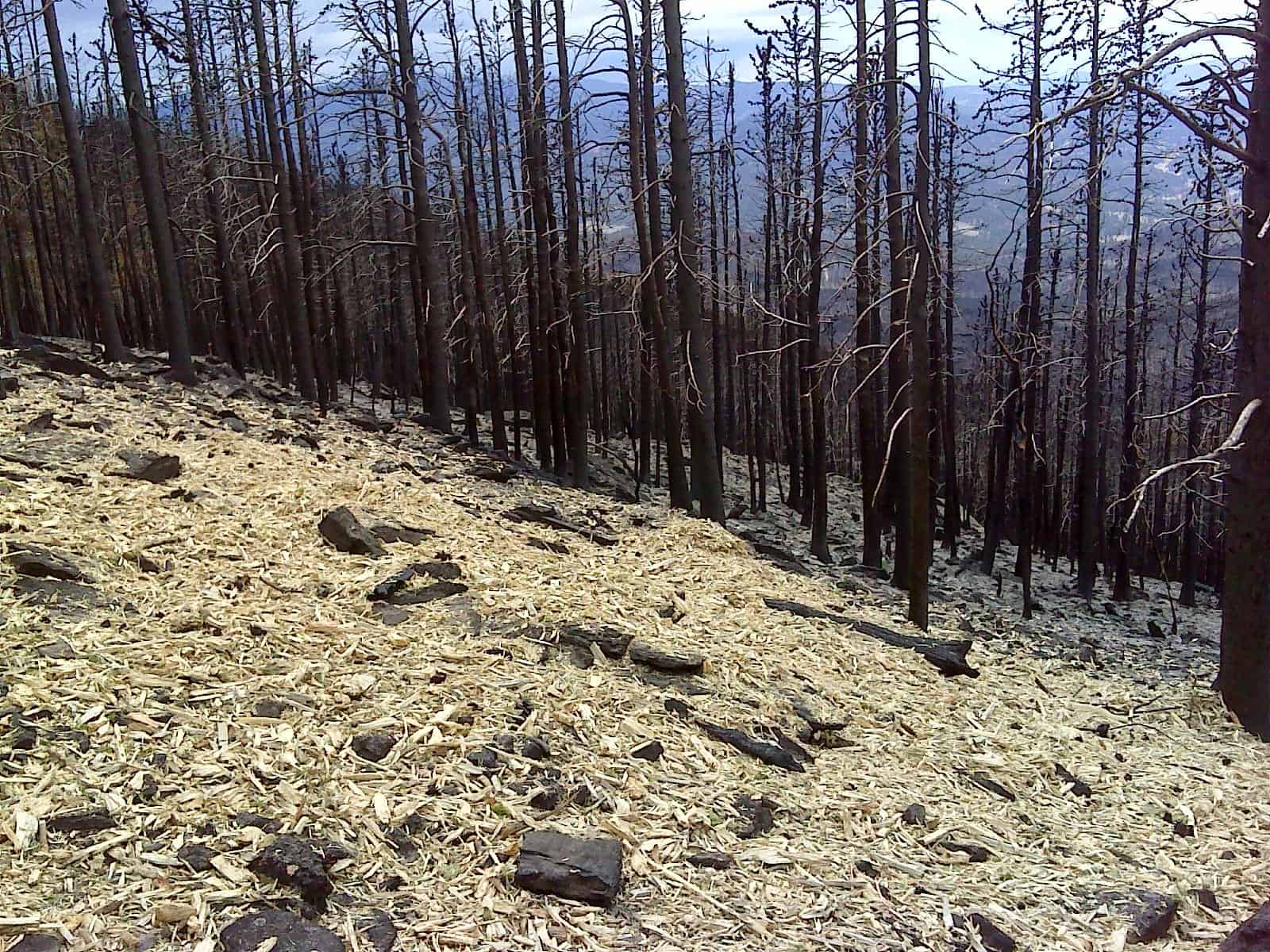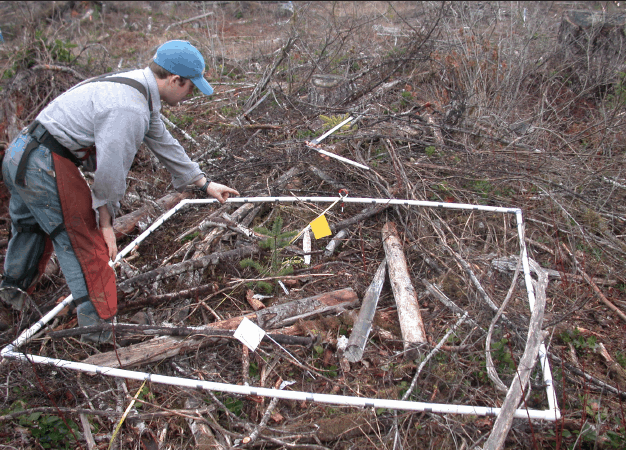
We have talked about the Courthouse News Service before here on this blog. It is a handy place for keeping up with litigation news, but like so many outlets, you can’t believe everything you read. At least they are upfront about their bias.
Here’s a link:
Developers trying to expand a ski resort in the mountain wilderness of Colorado can move forward with their forest-clearing plans, a federal judge ruled.
Hmm. . “forest-clearing” 800 trees? I guess that’s a bit of hype.. well OK.
Of more concern is this statement:
But U.S. District Judge James Boarsberg dismissed the complaint Friday, citing a Colorado law that allows ski resorts to skirt forestry regulations.
Really, a “law” ? The rule actually is a regulation.
In a “roadless” area, “trees may not be cut, sold, or removed” without special permission from the Forest Service, according to the 20-page decision.
I think in non-roadless areas that’s also the case. Oh well.
Central to both parties’ arguments were their respective interpretations of the term “roadless,” a distinction bestowed by the Forest Service upon pristine tracts of land “where the earth and its community of life are untrammeled by man.”
That sounds like wilderness, also it seems like backcountry skiers are already “trammeling” this specific area.
While the federal Roadless Area Conservation Rule establishes criteria through which land can be designated as “roadless,” the court notes that the more-specialized Colorado Roadless Areas Rule supersedes the initial regulation and introduces a key statute.
The most recent legislation precludes “existing permitted or allocated ski areas” from receiving “roadless” designations, according to the court.
Honestly, I couldn’t read the rest of it..I wish they’d had a link to the judge’s decision because I had no clue from this article. Seems to me like legislation and rulemaking are different things. QA/QC, where are you? I know roadlessness is complicated- otherwise it wouldn’t have kept as many roadless geeks like myself gainfully employed, but still…
If you’re interested in better coverage, try this article from the Summit Daily News. Below is an excerpt. Chalk one up for local vs. national news sources.
But Boasberg ruled that the 2011 Colorado Roadless Rule eliminates roadless areas from within ski-area boundaries. The Ark Initiative needed to raise its concerns about roadless lands within ski-area boundaries when Colorado’s roadless rule was being debated, the judge said.
“The Colorado Roadless Rule was not off-the-cuff rulemaking,” Boasberg wrote in his order. “As the Forest Service explained in its letter (to the Ark Initiative), the rule ‘is the result of extensive public involvement. More than 310,000 public comments, over a six-year period, were reviewed and considered in the development of the final rule.’”
The Ark Initiative “chose not to comment on the rule and thus cannot challenge it now. If plaintiffs wanted roadless designations in ski areas, they should have participated in the rulemaking,” the order continued.
White River National Forest supervisor Scott Fitzwilliams said he hopes this latest ruling puts an end to the debate over Burnt Mountain. The Forest Service approved a Snowmass Ski Area Master Development Plan in 1994 that paved the way for expansion onto Burnt Mountain. Skico amended the plan in 2003 and applied a year later for specific approvals for the Burnt Mountain work. After three years of review, the Forest Service approved the plan. The Ark Initiative filed an administrative protest, which was denied. The Ark Initiative then filed a lawsuit in federal court that was denied and upheld by an appeals court.
“We’ve been dealing with this long enough,” Fitzwilliams said. “They’ve dragged us into court three times now.”
William Eubanks, an attorney for the Ark Initiative, couldn’t be reached for comment Monday on what, if anything, will be the next step for the environmental group.
The Forest Service is formally notifying Skico that it can move forward with the project, Fitzwilliams said.
“A good portion of the work is done,” he said.
He estimated 60 to 70 percent of the tree thinning and clean-up is finished.
In an earlier interview, Rich Burkley, Skico vice president of operations, estimated the trails crew will remove fewer than 800 living and dead trees from about 6.5 acres within the 230-acre area of Burnt Mountain. The terrain is east of Longshot, the existing inbounds trail on Burnt Mountain. The rest of Burnt Mountain is popular backcountry or sidecountry terrain.
Skico is glading areas between natural parks or breaks in the forest. There won’t be designated trails, Burkley said previously, but rather thin routes through the trees.
The expansion will boost the skiable terrain at Snowmass to 3,362 acres. That makes it the second-largest ski area in Colorado behind Vail Mountain.
The Ark Initiative’s lawsuit was filed in the District of Columbia on Sept. 11. When it was filed, the Forest Service asked Skico to voluntarily halt work while the legal fight was being settled. Skico intervened in the lawsuit on the side of the Forest Service.
The judge’s 20-page ruling said even if the Ark Initiative was correct and lands on Burnt Mountain were removed by the Forest Service by mistake from the roadless inventory, the mistake was made moot when the Colorado Roadless Rule was created.
“In other words, it does not matter whether the Burnt Mountain parcel has the characteristics of a roadless area; the parcel is inside Snowmass Ski Area, so the Colorado Roadless Rule precludes designating it roadless,” the ruling said. “Effectively, the Forest Service is saying that any error in earlier inventories is harmless because the Burnt Mountain parcel cannot qualify as roadless now anyway.”
But the point that seems to be missed here (I think Sloan Shoemaker pointed it out in a previous article) is that it would be OK- even under the 2001 Rule, to do this work in a roadless area, as the action is “incidental to activities not otherwise prohibited.”








